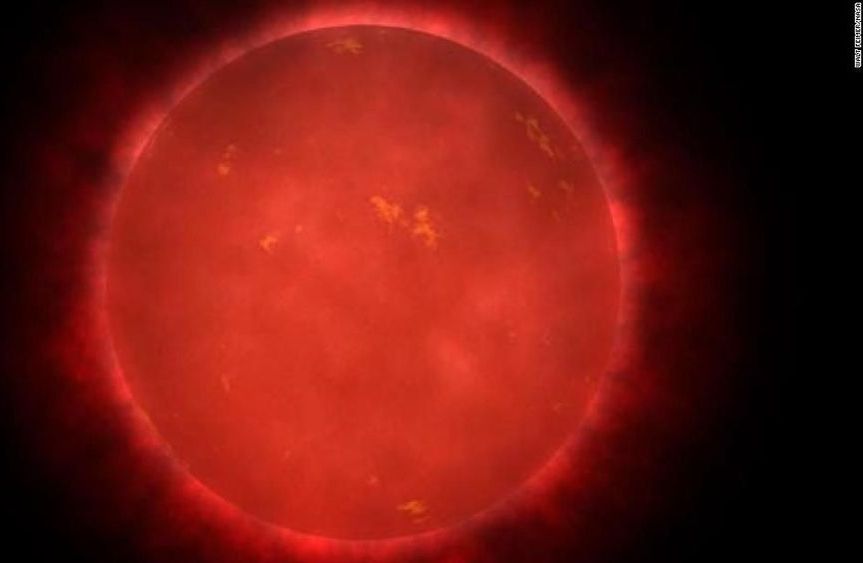These robots will help pave the way for future moon dwellers.



Is anybody home? Astronomers have pinpointed two planets orbiting a nearby star that meet pretty much every requirement for supporting life. They’re almost exactly the same mass as the Earth, they are billions of years old (which means life could have had time to evolve), and they’re orbiting their star at a distance that would support things like water flow and habitable temperatures.
CRISPR genome editing is one of the most significant, world-changing technologies of our era, allowing scientists to make incredibly precise cut n’ paste edits to the DNA of living organisms. Now, one synthetic biologist from NASA plans to make it as accessible as a home science kit, so you can bio-hack yeast and bacteria on your kitchen bench.
A new superconducting magnet has briefly sustained an astonishing 45.5 tesla magnetic field intensity. For comparison, your flimsy fridge magnets have about 1 percent of a single tesla.
The measurement, achieved by researchers at the National High Magnetic Field Laboratory (MagLab) at Florida State University resets the bar on what’s possible in direct current magnetic fields, exceeding the previous limit by half a tesla.
MagLab already houses the world’s strongest continuous magnet, a hybrid that relies on pairing an insanely cold superconductor with a more typical electromagnet to operate.

A team of researchers with the Royal Botanic Gardens in the U.K. and Stockholm University has found that plant extinctions over the past two and a half centuries have been more extensive than previous estimates suggested. In their paper published in the journal Nature Ecology and Evolution, the group describes their exhaustive study of plants and which have gone extinct, and what it might mean for future plant life.
In recent years, botanists have estimated that fewer than 150 plant species have gone extinct in modern times—most due to human activities. In this new effort, the researchers have found that the real number is closer to quadruple such estimates—they found 571 plants that have gone extinct since 1753. That was the year that famed botanist Carl Linnaeus published his Species Plantarum—a collection of all known plant species at that time. The researchers also claimed that approximately three species of plants have gone extinct on average each year since 1900—a rate that they note is approximately 500 times the natural rate of plant extinction. The group came to these conclusions using information from a database started back in 1988 by workers at the Royal Botanic Gardens who have had the goal of adding every known plant on the planet. Since that time, over 330,000 plant species have been added.
The researchers also created a map showing where the extinctions have occurred, noting that most are in the tropics and on islands. The map also highlights some interesting hotspots as well, such as South Africa, Australia, India and Hawaii. They add that the main culprit is habitat destruction, though some have also suffered from being too popular with humans—the Chile sandalwood tree, for example, was harvested for its exotic aroma.


In the “Automate the Freight” series, I’ve concentrated on stories that reflect my premise that the killer app for self-driving vehicles will not be private passenger cars, but will more likely be the mundane but necessary task of toting things from place to place. The economics of replacing thousands of salary-drawing and benefit-requiring humans in the logistics chain are greatly favored compared to the profits to be made by providing a convenient and safe commuting experience to individuals. Advances made in automating deliveries will eventually trickle down to the consumer market, but it’ll be the freight carriers that drive innovation.
While I’ve concentrated on self-driving freight vehicles, there are other aspects to automating the supply chain that I’ve touched on in this series, from UAV-delivered blood and medical supplies to the potential for automating the last hundred feet of home delivery with curb-to-door robots. But automation of the other end of the supply chain holds a lot of promise too, both for advancing technology and disrupting the entire logistics field. This time around: automated packaging lines, or how the stuff you buy online gets picked and wrapped for shipping without ever being touched by human hands.
